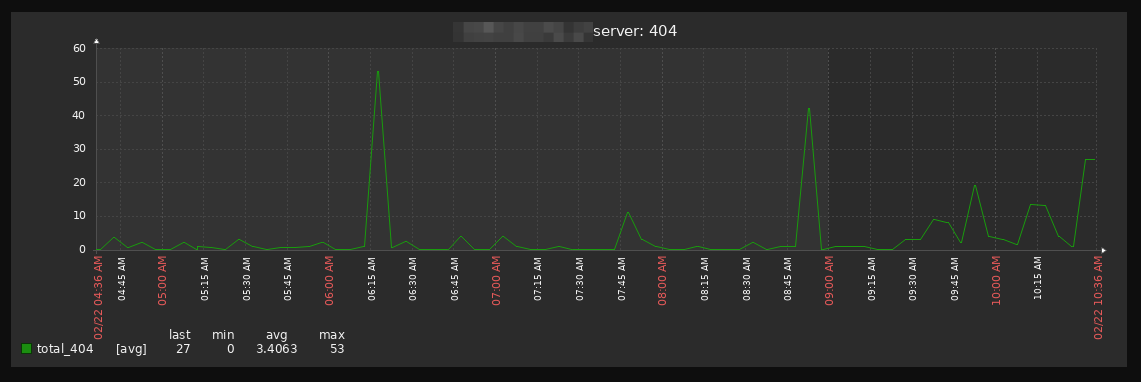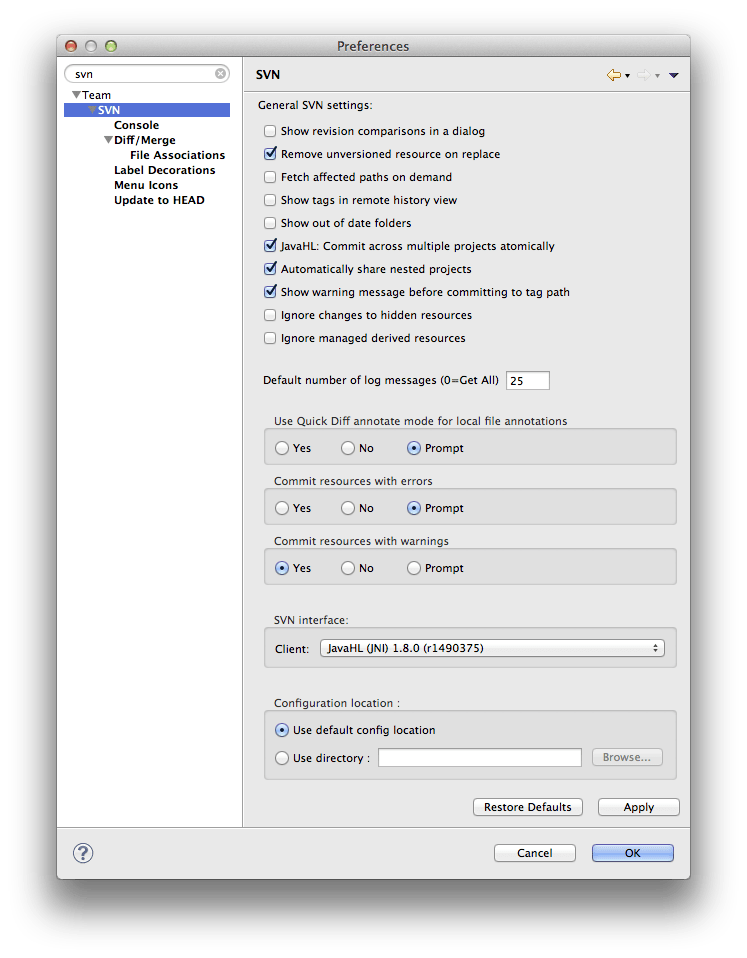

Now it’s time to start creating content to see if I can create a viable site. Now you’ll be able to see your Apache status at a glance, from anywhere.Over the last few months, I have experimented with different hosting arrangements, WordPress, and Hugo CMS configurations. Restart Apache and head to, and you’ll see something like Figure 1.

Or if you’re feeling very open about your Apache status, you could switch the deny,allow to allow,deny. If you view this from a bunch of locations, you can use htaccess to restrict it with a username and password. Obviously, you’ll want to replace XX.XX.XX.XX with the IP address of the system you’ll be hitting the server from. You’ll want to add the following to /etc/apache/mods-enabled/nf: ExtendedStatus OnĪllow from localhost ip6-localhost XX.XX.XX.XX I’m going to show how to set it up on Debian/Ubuntu, but if you’re using Red Hat, Fedora, OpenSUSE, or a BSD, the configuration files may be located in different spots. Note that Apache is configured differently, depending on which Linux or Unix distribution/flavor you happen to use. But I like having a quick and easy way to eyeball Apache’s status without logging into the server. Now, obviously, this is not going to be very helpful if Apache is down or your site is being hammered so badly you can’t get a decent response from Apache. At a glance you’ll know if Apache has a relatively light load or if the server is being taxed.

You’ll also see a “scoreboard” that visualizes what the Apache workers are doing. You’ll also see the server version, and some of the modules (e.g., mod_python and PHP), but you shouldn’t need a page to tell you that! What you can see from the status page, assuming you enable the extended status directive, is the server time, uptime, CPU usage, number of requests per second, and which VHosts are getting requests and for what pages.

Want to see how your server is doing without SSH’ing into the system? One way to do this is to set up a Web page that shows the status of your Apache server. Sound difficult? Not really, it’s a default module for Apache and easy to enable. One way to do this is to set up a Web page that shows Apache status. Sometimes you want to see how your server is doing without SSH’ing into the system.


 0 kommentar(er)
0 kommentar(er)
